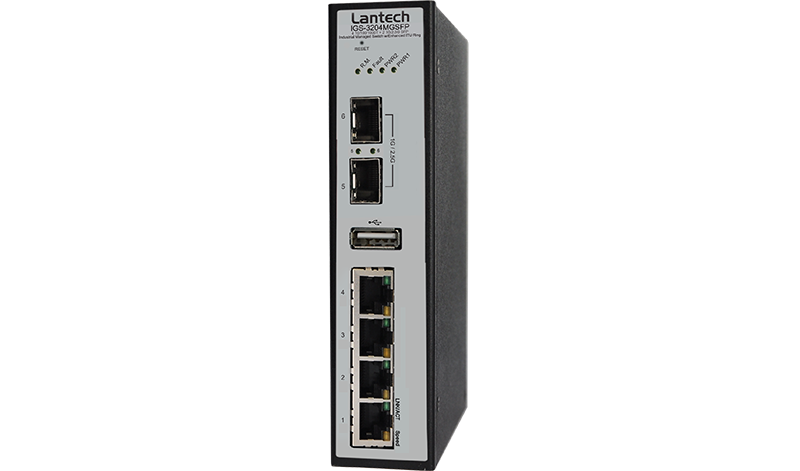挑戰
Historically, building owners in the market for a new Building Management Systems (BMS) have been forced to choose between one of several proprietary equipment manufacturers. Upon the purchase, the building owner is locked in to one product for a considerable amount of time or has to change the whole system which is costly in terms of time and money.

電梯控制
As the most important vertical transport equipment that efficiently moves people or goods between floors, elevator must under total control.

燈光控制
To save the energy, the lighting in a building should be adjusted based on the sun’s position throughout the day, based on the season, and building location and facade.

中央空調控制
Not only keeping temperature constantly, centralized air conditioner may clean the air of whole building with sophisticated filtering system.
Lantech的解決方案
Over the last few years there has been a move away from manufacturers proprietary communication protocols towards more open protocols such as TCP/IP and BACnet®/IP. The use of TCP/IP for BMS system communications has brought about increased choice in selecting products from different vendors in the same BMS system and reducing the associated cabling and network hardware costs.
For any Building network it is important to use switches with an appropriate technical specification to ensure high level network reliability and to meet necessary installation requirements. Normally BMS equipment is fitted in compact wall mounted control cabinets that are distributed around the building, with most devices being DIN Rail mounted and typically requiring a low voltage power feed of 24VAC or 24VDC (varies by Country). For cable runs which exceed the 100 meter limitation of Cat5e or for links between different buildings, a fiber optic link is the ideal solution.

推薦產品
2020 © 昱樺科技股份有限公司版權所有,更即時的產品消息,請造訪英文官網。 Privacy Policy | Terms of Service









